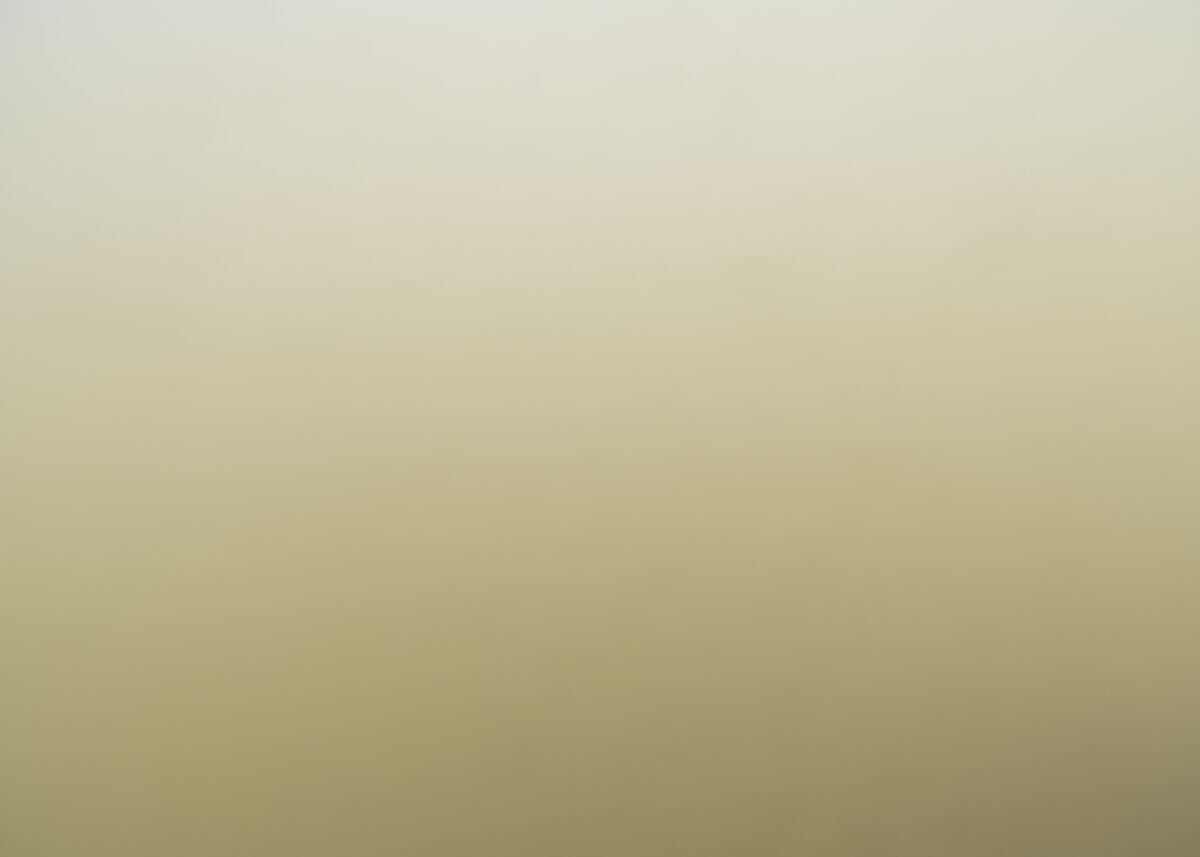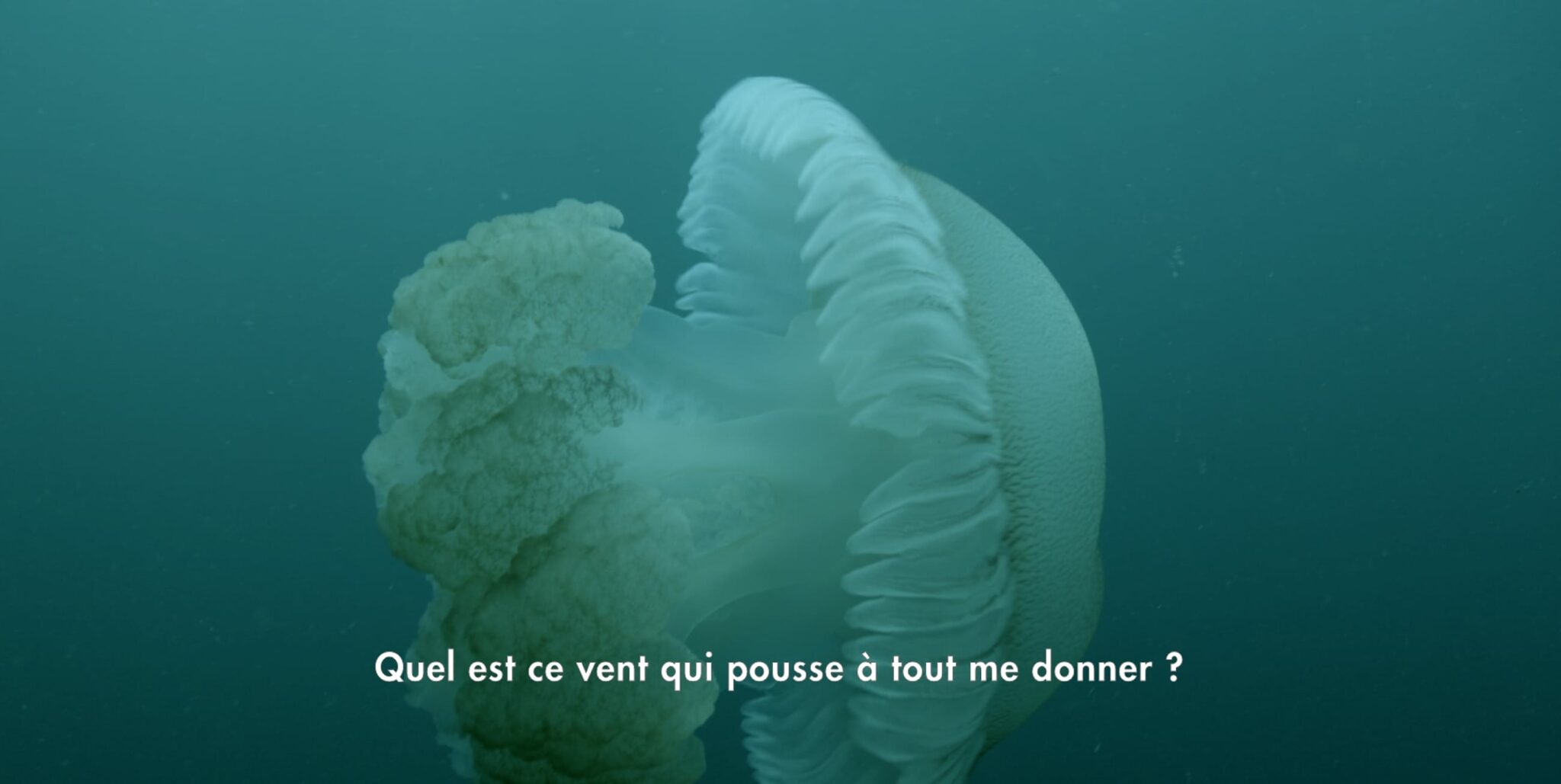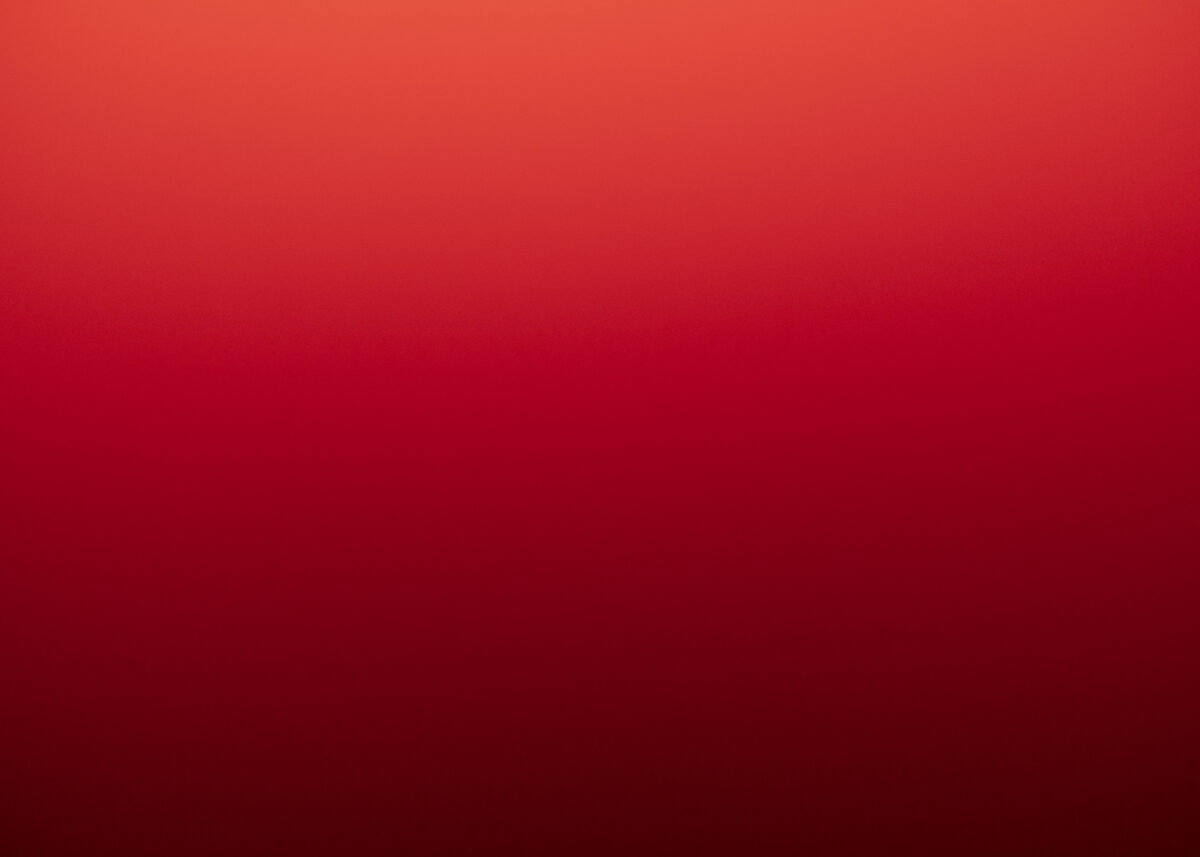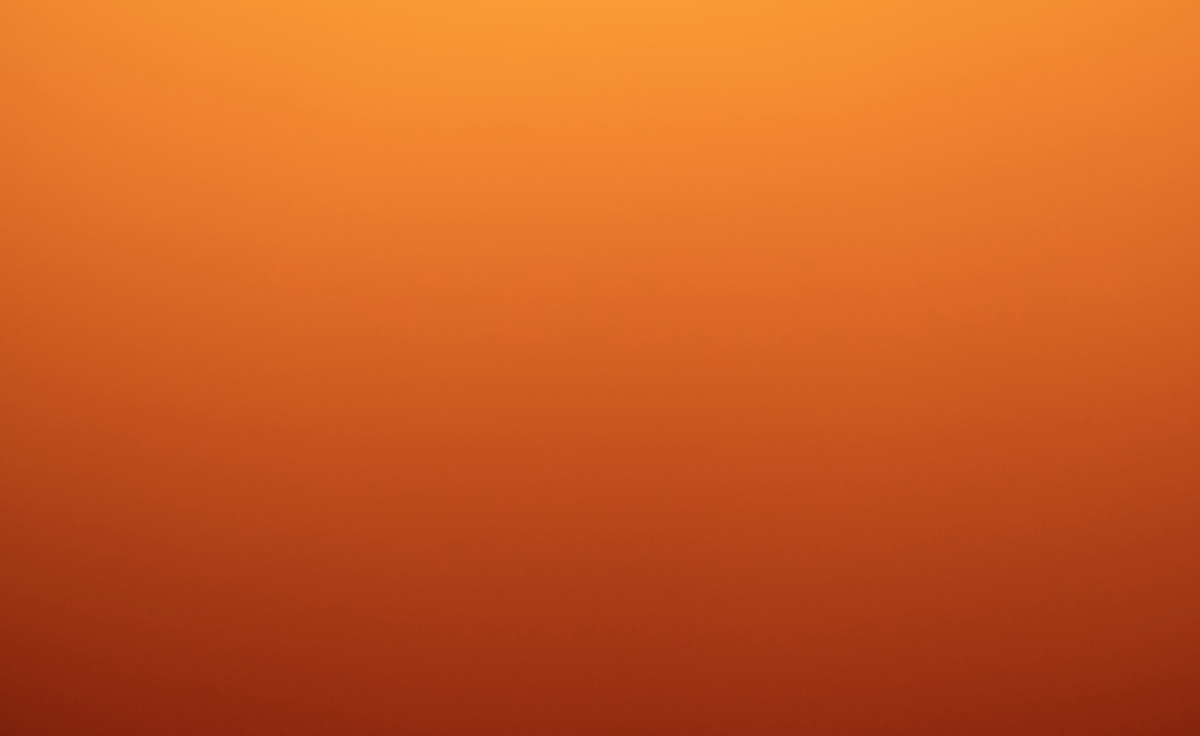
SANS RÉSERVE – 2025
COAL is pleased to announce the third edition of SANS RÉSERVE, the unmissable gathering for art and ecology, presented from…

Ten projects by French and international artists are nominated for the COAL 2022 Ocean Prize. Three student projects from French schools in the field of art and culture have been nominated for the third edition of the COAL – Culture & Diversity student prize in partnership with the French Nature Reserves.
Image credits: © Capucine Vever, Dunking Island, 2022.
Published on 3 May 2022
In 2022, the COAL Prize is dedicated to the oceans. This geographical, dreamlike and political horizon, cultural heritage as much as natural and breeding ground for the imagination, is the basis of the global phenomena that make our planet habitable. It is also the cradle of economic and commercial life. The transformation of the oceans in the face of climate change is a real challenge, both in terms of taking action and in terms of raising awareness of sometimes elusive processes.
The ten artists’ projects nominated for the COAL 2022 Prize reveal the ocean’s riches to as many people as possible and imagine new concrete actions to rekindle resilience with the water worlds.
THE TEN ARTISTS NOMINATED FOR THE COAL 2022 AWARD ARE :
Discover the 2022 Awards catalog
See the three artists nominated for the COAL – Culture & Diversity 2022 Student Award
PRESENTATION OF THE TEN ART PROJECTS NOMINATED FOR THE COAL 2022 OCEAN PRIZE :
In the beginning was water, from which the first living organisms emerged several billion years ago. And for nine tenths of its history, life has not left the water. Among these aquatic beings, many remain invisible to the naked eye, such as phytoplankton, these micro-algae capable, through photosynthesis, of producing the majority of the oxygen we breathe. These micro-organisms also have a voice thatAntoine Bertin seeks to explore through his sound installation project Voices of Tiny Gods, which invites listeners to immerse themselves in a multi-sensory chapel dedicated to phytoplankton. An ocean sanctuary for a scientific and artistic ritual to listen to the imperceptible beings of the water.
Yet it is the invisible organisms in the water that give it its color, with blue-green patterns visible from space. Undetectable to the unit, the masses of cyanobacteria suspended in the ocean color their liquid environment. Narrating the history of 3.5 billion years of microbial seas through the smallest oceanic particle, the cyanobacteria, is the project of the American artist researcher Michael Wang. Microbial Seas uses this potential to create evolving expanses of color on which images of microbiotic life’s past are projected. The artist thus contributes to give a new visibility, in space and in time, to these micro-organisms, at the origin of life and oxygen on which we depend.
And yet, despite our vital link to the ocean, the extractivist, productivist, commercial and tourist human activities that agitate the waters contribute to ocean ecocide. The most visible and probably the best known of the scourges that weigh on it is plastic pollution, which each year pours 8 million tons of plastic waste into the ocean, which is then found along the beaches. Pam Longobardi draws on the narratives that accompany each of these wastes to generate widely distributed photographic works. It proposes to mobilize communities in three coastal areas – the island of Torcello in Venice, Biarritz in southwestern France, and the island of Kefalonia in Greece – through clean-up actions. Ocean Gleaning sublimates pollution cleanup and transforms cleaners into stewards of ocean and coastal ecosystems.
Crisscrossed on all sides, the ocean is also the cornerstone of a wild free trade. In the depths of the sea, the metallic carcasses of wrecked ships are slowly disintegrating, silently contributing to the pollution of the sea. The film project Sounding the Silent World puts these wrecks in the industrial city of Eleusis, west of Athens, into sound and images. Through a lyrical and allegorical approach, Marina Gioti probes these submerged ruins as a cultural landscape that reflects our societal practices and questions what, today in the midst of ecocide, is heritage. Using sounds and photographs from sonar scans, the artist creates a work-archive where scientific, historical and literary data are mixed.
Continuing the inventory of this unbridled free trade, artist-biologist and pioneering activist Brandon Ballengée reports on the impact and shock to biodiversity that followed the explosion of the Deepwater Horizon oil rig in the Gulf of Mexico in 2010, forming the largest oil spill ever known. Following the triptych “depict, activate, expose”, Searching for the Ghosts of the Gulf is an interdisciplinary project that seeks to mobilize coastal communities, to summon the absent and to give visual form to the erosion of life in the Gulf of Mexico, at a time when Louisiana’s coastal lands are the most rapidly disappearing on Earth.
As a result of global warming, which melts the ice and dilates the water in the sea, the rise in sea level is accelerating year after year, causing the coastline to retreat and some islands to disappear. This is the case of Goree Island in the bay of Dakar, Senegal. Gradually devoured by the rising waters, the island sinks and with it, its memory of the slave trade. At the heart of a research both biological and historical, Capucine Vever transmits, through an immersive video work, the word of the island through its inhabitants. In a progressive descent from the surface to the seabed, from human time to the marine and geological scale, Dunking Island proposes a poetic reading of the ocean floor while revealing its political dimension. A film in which the ocean becomes the main character.
Sentinel of the ecological crisis, Venice is at the crossroads of rising waters and mass tourism. Faced with worsening seasonal flooding in the Venice lagoon, the international collective Benessere is launching the eponymous project Benessere del Bacino Scolante nella Laguna di Venezia, eager to demonstrate how green infrastructure can solve a huge environmental problem and contribute to the resilience of ecosystems. Bringing the work to the service of nature, art acts as a mediator between the environment and the people, and makes alternatives flow to listen to the living Venetian, from the Adriatic Sea to the lagoon through the 150 channels that run through the city.
To compensate for the desertification of the seabed caused by pollution, overexploitation and overcrowding, artificial reefs are a solution to repair lost ecosystems. By immersing concrete iron forms, in the manner of artificial reefs, Julien Berthier provokes a simple chemical reaction, mineral accretion, attracting limestone that aggregates and provides a habitat for marine fauna and flora. Made by the artist who introduces references to the history of modern art, the forms that make up Accrétion minérale / Sculptures are left to the sea and its inhabitants who will give it its final form.
Floods, rising waters, pollution, erosion of living organisms are at the origin of a feeling recently conceptualized under the term of eco-anxiety to designate the anguish linked to environmental crises. Taking the path of resilience both psychologically and ecologically, Kasia Molga decided to transform the tears of anxiety into a healthy ecosystem to host marine life. Together with scientists, the artist creates aqueous solutions from her own tears, synthetic tears and sea water, and studies the reasons for crying which she then associates with algae. How to make an Ocean also invites everyone to cry, not in vain but to get mini-ocean of tears and hope.
In the tears but also in the blood, we find the similarity between the mineral content of sea water and that of the human body, physical proof of our aquatic origins. For Hélène Gugenheim, clues such as our eyes, the salt in our body or the waterproofness of our skin reveal this ancestral and biological link which seems to be forgotten today. The project La veillée et autres rituels océaniques wishes to ritualize a popular culture that would create moments of inter-species communion with the water world. By linking our bodies through gestures, rhythms and sounds, the artist wants to create a dialogue between the terrestrial and the marine capable of reviving our visceral knowledge of “beings of the ocean”.
JURY 2022
DOTATION
The winner of the COAL Prize receives an endowment 10,000 euros allocated by the François Sommer Foundation and COAL, divided into an endowment and a production grant within the framework of a residency led by the Museum of Hunting and Nature at the Domaine de Belval, property of the François Sommer Foundation.
COAL 2022 AWARD PARTNERS
The COAL Prize is supported by the European Union via the European cooperation program ACT – Art Climate Transition, the Ministry of Culture, the French Office of Biodiversity, the François Sommer Foundation, the Museum of Hunting and Nature, and the LAccolade Foundation. This edition also benefits from a partnership with the Orchestre National de Bretagne and the Surfrider Foundation Europe.
The François Sommer Foundation , recognized as a public utility since its creation on November 30, 1966, was created by François and Jacqueline Sommer, pioneers in the implementation of a humanist ecology. Faithful to the commitments of its founders, it works for the protection of a biodiversity where man finds his rightful place, for the respectful use of the resources of nature and the sharing of the wealth of the natural, artistic and cultural heritage.
The main goal of the Fondation LAccolade is to support, promote and encourage artistic creation. It pays particular attention to creations, approaches, projects, and actions that are carried out by artists in connection with the themes of water, the environment, the fragility of life and the feminine. It also aims to value and promote the heritage, that is to say the legacy of women who have had historical or artistic importance.
The French Office of Biodiversity is responsible for the protection and restoration of biodiversity in France and in the French Overseas Territories. It works to preserve life in aquatic, terrestrial and marine environments thanks to the expertise of its 2,800 agents, including 1,700 environmental inspectors. This public establishment also works by mobilizing a set of actors, decision-makers and citizens around biodiversity: State, local authorities, associations, companies, scientists, farmers, fishermen, hunters, nature sports enthusiasts, actors from the world of art and culture…
ART AND ECOLOGY IN TUNE WITH THE OCEAN
As the United Nations has proclaimed 2021-2030 the Decade of Ocean Sciences for Sustainable Development, COAL, with its partners, wished to mobilize all artistic disciplines to weave a red thread dedicated to the seas and oceans throughout the year 2022. On the program: some meetings and a CSR support in collaboration with the Orchestre National de Bretagne and its multi-year project Ponant, Musique et Océan; two Contemporary Art Award dedicated to the theme of the oceans, the COAL Prize and the COAL Student Prize – Culture & Diversity 2022; a exhibition of the Portuguese collective BERRU around the energies of the sea in the framework of the Crossed Season France-Portugal 2022, in collaboration with Culturgest and Vidéoformes.
Find out more:
COAL is pleased to announce the third edition of SANS RÉSERVE, the unmissable gathering for art and ecology, presented from…
COAL is delighted to announce the ten French and international artists nominated for the 2025 edition of the COAL Prize,…
COAL is delighted to announce the names of the students from French art and culture schools nominated for the sixth…


